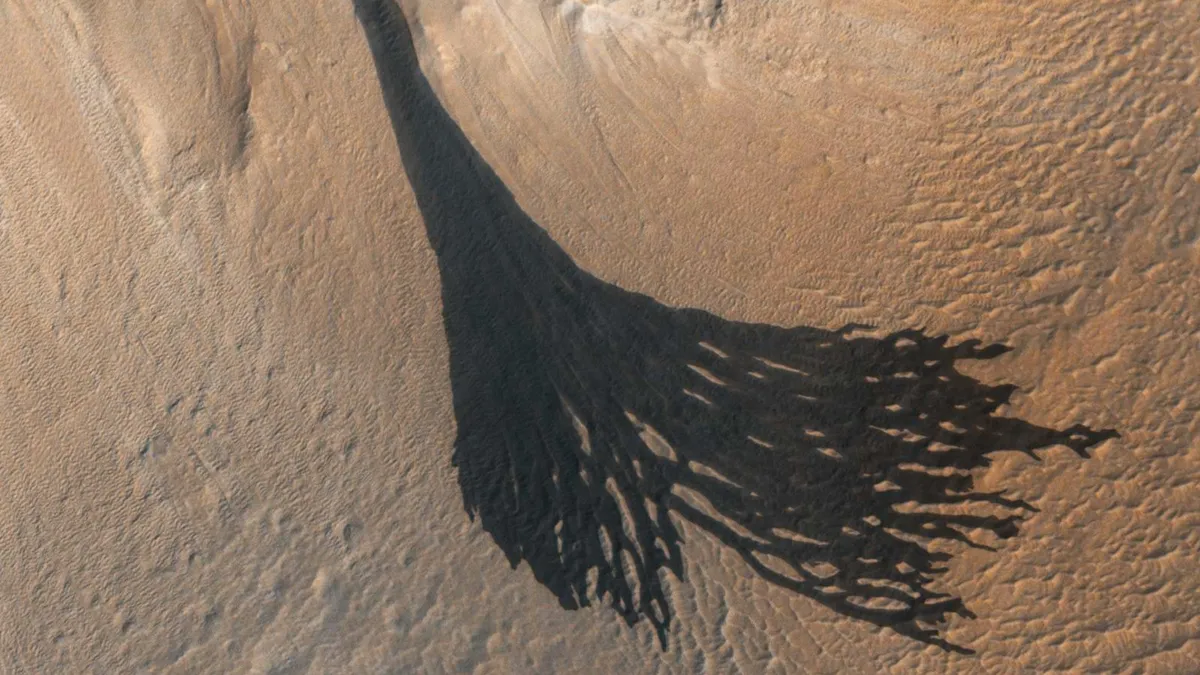
The enigmatic dark streaks that flow across the surface of Mars may not be the result of running water, as previously believed. A recent analysis utilizing artificial intelligence (AI) has shed new light on the origins of these streaks, suggesting they are more likely formed by wind and dust rather than water. This groundbreaking discovery challenges long-held assumptions about the Martian landscape and its potential for ancient life.
These streaks were first observed by NASA's Viking mission back in 1976, where they were noted to run along the cliffsides and crater walls of Mars. For decades, scientists theorized that these dark features were remnants of ancient water flow across a planet that is now largely parched. However, the latest findings, published on May 19 in the journal Nature Communications, indicate a different narrative, one that could significantly influence future Mars exploration.
The research team, led by planetary scientist Adomas Valantinas from Brown University, employed a machine learning algorithm to analyze existing data on slope streaks. This innovative approach allowed them to examine 86,000 satellite images and generate a comprehensive map featuring 500,000 streaks. According to Valantinas, this method of leveraging big data enables researchers to eliminate certain hypotheses before deploying spacecraft for in-depth exploration.
The dark streaks observed on Mars are characterized by their sinuous lines, which are notably darker than the surrounding terrain. They can extend for hundreds of meters downhill, and the shorter-lived variations are termed recurring slope lineae (RSL). These features tend to emerge during the planet's warmer seasons, leading some scientists to speculate that temperature fluctuations could be triggering the melting of ice or the condensation of humid air, potentially allowing salty water to flow down the craters.
If the presence of water were confirmed, these regions would have been prime candidates for future Mars missions. However, the findings from this AI-driven study suggest that scientists should reevaluate their search strategies. The global map created by the AI analysis revealed that the streaks are most commonly formed in areas with high wind speeds and significant dust deposition, pointing to a geological process driven by environmental factors rather than liquid water.
The implications of this research are profound, not only for our understanding of Mars's geological history but also for the planning of future missions. As scientists continue to explore the Red Planet, the insights gained from AI analysis will be critical in guiding the search for evidence of ancient life and determining where humans might next set foot on Mars.